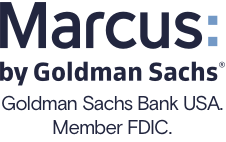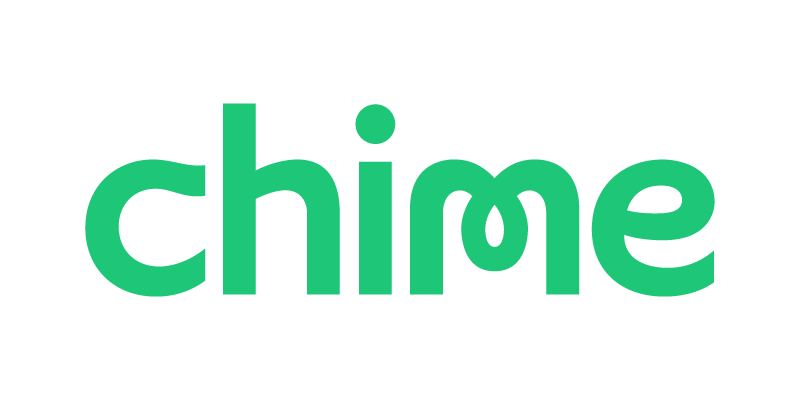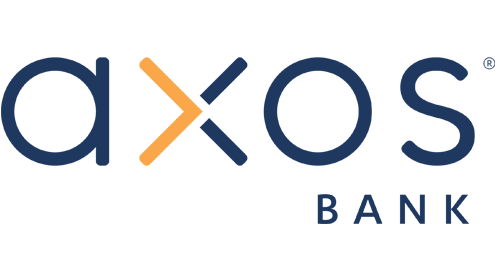Apple’s New 4.15% APY High-Yield Savings Account: What to Know

Many or all of the products featured here are from our partners who compensate us. This influences which products we write about and where and how the product appears on a page. However, this does not influence our evaluations. Our opinions are our own. Here is a list of our partners and here's how we make money.
Apple Card users have a new option for a high-yield savings account, one that pays a 4.15% annual percentage yield. In mid-April, Apple announced that the new federally insured account — serviced by Goldman Sachs Bank — is available to customers. Note that the big catch is that the Apple savings account is only available to Apple Card customers.
Why you might like the Apple savings account
The account has no monthly fee or minimum balance requirement, and, at 4.15%, the APY is notable. That's much more than the average savings rate for savings accounts, which was 0.39% as of April 2023, according to the Federal Deposit Insurance Corp.
With a 4.15% APY, an account with a $5,000 deposit will earn $211 in interest after one year, per the NerdWallet savings calculator.
How the Apple savings account works
As noted above, this account is available only to people who have an Apple Card. This credit card offers a reward called Daily Cash, in which you can get up to 3% cash back on purchases. Once you open an account, those funds are automatically deposited into the savings account. (You can also opt for a different destination for Daily Cash, such as your Apple Cash account, instead.)
In addition to depositing money earned through Daily Cash, you can deposit funds into the savings account via ACH transfer from a linked external account or from your Apple Cash balance.
You can access your account, including balance and interest earned information, in the Apple Wallet app.
How to open the Apple high-yield savings account
To open the account, you will need to go to your Apple Card in your Apple Wallet app and set up Savings. You’ll need to provide your Social Security number or individual taxpayer identification number to get an account, according to Goldman Sachs. You’ll also need a U.S.-based address (including U.S. territories and U.S. jurisdictions).
Funds in this account are federally insured up to the FDIC’s insurance limits. FDIC insurance generally covers bank account balances up to $250,000, per depositor, per insured bank, per ownership category. (Examples of ownership categories are “single accounts” and “joint accounts.”)
According to the deposit account terms from Goldman Sachs Bank, you can deposit a maximum amount of $250,000. If you try to deposit more than that amount, the bank may reject your deposit.

Member FDIC
SoFi Checking and Savings

4.20%
$0

Member FDIC
Bask Interest Savings Account

4.75%
$0

Member FDIC
CIT Bank Platinum Savings

4.85%
$5,000
How to find high-yield alternatives
If you don’t have an Apple Card or don’t want to open one, you can look for other high-yield savings accounts. Many tend to be online only. This means institutions that offer them typically don’t have the costs of paying for bank branches and in-person tellers, so they can pass on the savings in the form of high APYs and no monthly service fees.
Today, some of the best federally insured savings accounts have rates around 4% APY, often with no monthly fees or minimum requirements. Whether you’re an Apple Card customer and choose to open its savings account or you choose a high-yield alternative, putting your money in a high-interest account is a smart way to help your savings grow.










